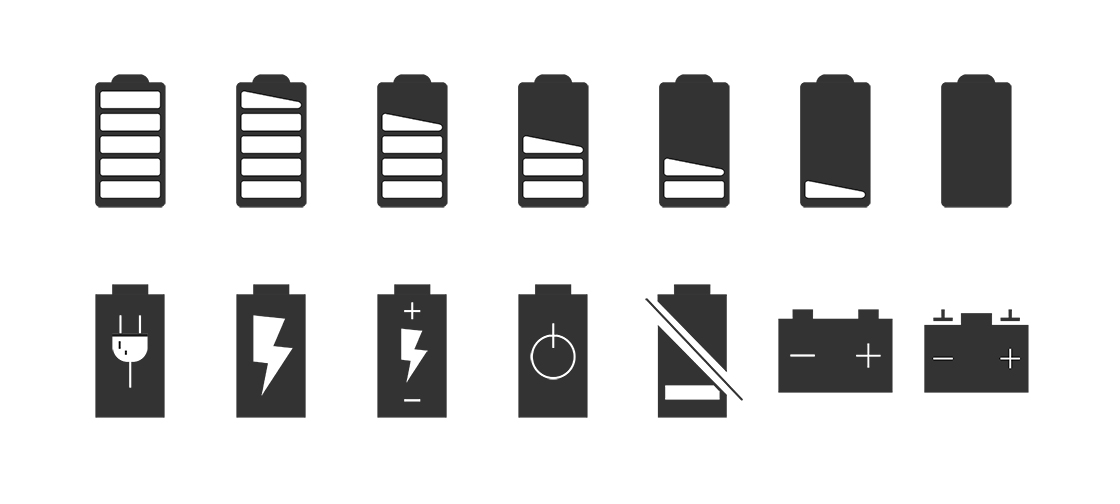Researchers of Karlsruhe Institute of Technology (KIT) and cooperating institutions studied structural changes during the synthesis of cathode materials for future high-energy lithium-ion batteries and obtained new major findings about degradation mechanisms. These findings might contribute to the development of batteries of far higher capacity, which would then increase the range of electric vehicles. The results are reported in Nature Communications (DOI 10.1038/s41467-019-13240-z).
So far, breakthrough of electric mobility has been impeded by insufficient vehicle ranges, among others. Lithium-ion batteries of increased charge capacity might help. “We are in the process of developing such high-energy systems,” says Professor Helmut Ehrenberg, Head of the Institute for Applied Materials – Energy Storage Systems (IAM-ESS). “Based on fundamental understanding of electrochemical processes in batteries and by the innovative use of new materials, storage capacity of lithium-ion batteries may be increased by up to 30% in our opinion.” At KIT, this research is conducted at the Center for Electrochemical Energy Storage Ulm & Karlsruhe (CELEST), the biggest German research platform for electrochemical energy storage. Ehrenberg is Deputy Spokesperson of CELEST.
High-energy lithium-ion technology differs from the conventional technology by a specific cathode material. Instead of layered oxides with varying ratios of nickel, manganese, and cobalt that have been used so far, manganese-rich materials with lithium excess are applied, which considerably enhance the energy storage capacity per volume/mass of cathode material. However, use of these materials has been associated with a problem so far. During the insertion and extraction of lithium ions, i.e. basic functioning of a battery, the high-energy cathode material degrades. After a certain time, the layered oxide transforms into a crystal structure with highly unfavorable electrochemical properties. As an undesired consequence, the average charge and discharge voltage decreases from the very beginning of the process, which has prevented the development of suitable high-energy lithium-ion batteries so far.
Source: “Up to 30 percent more capacity for lithium ion batteries”, Karlsruhe Institute of Technology




